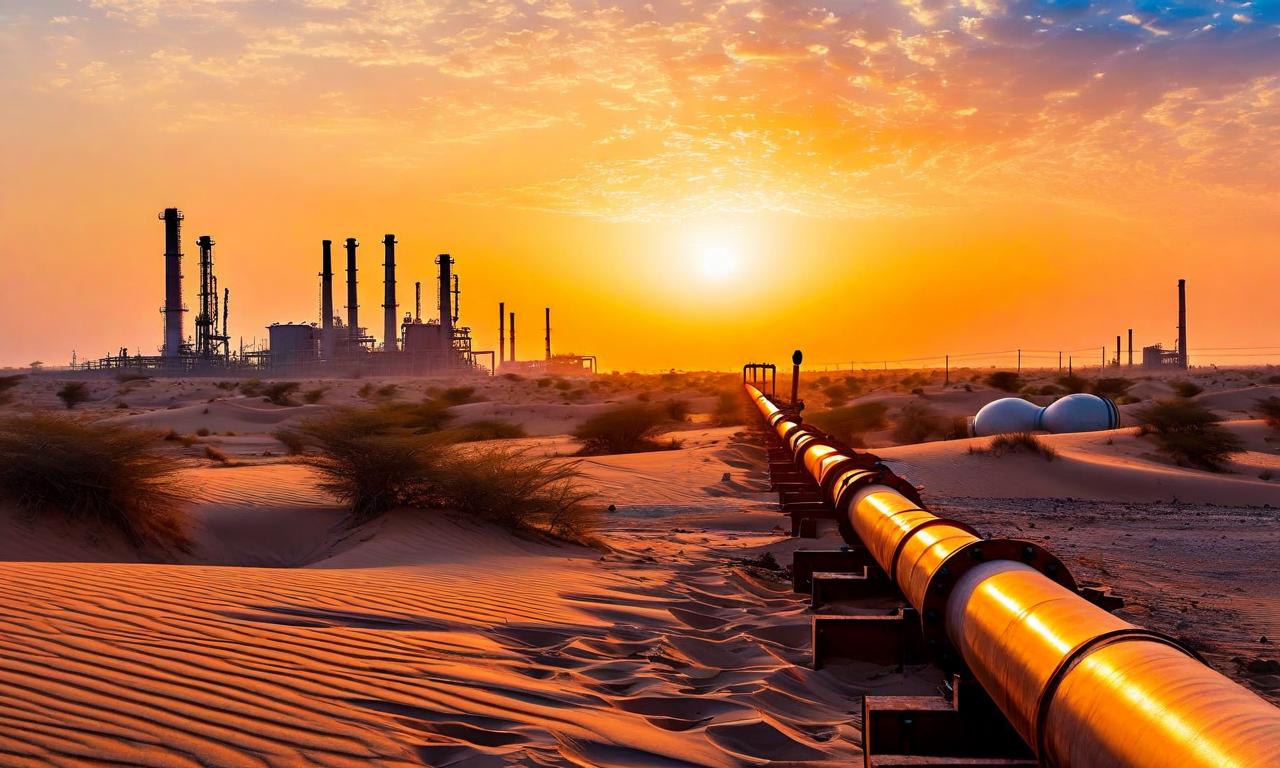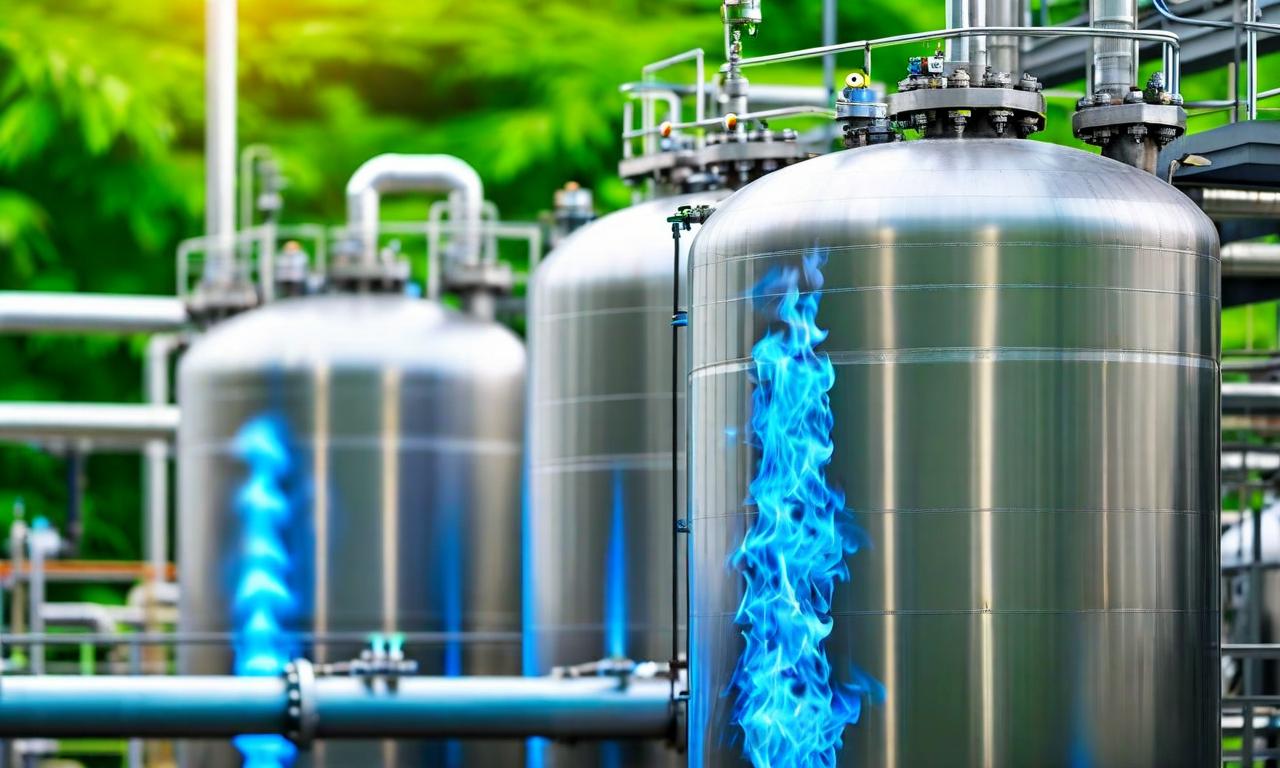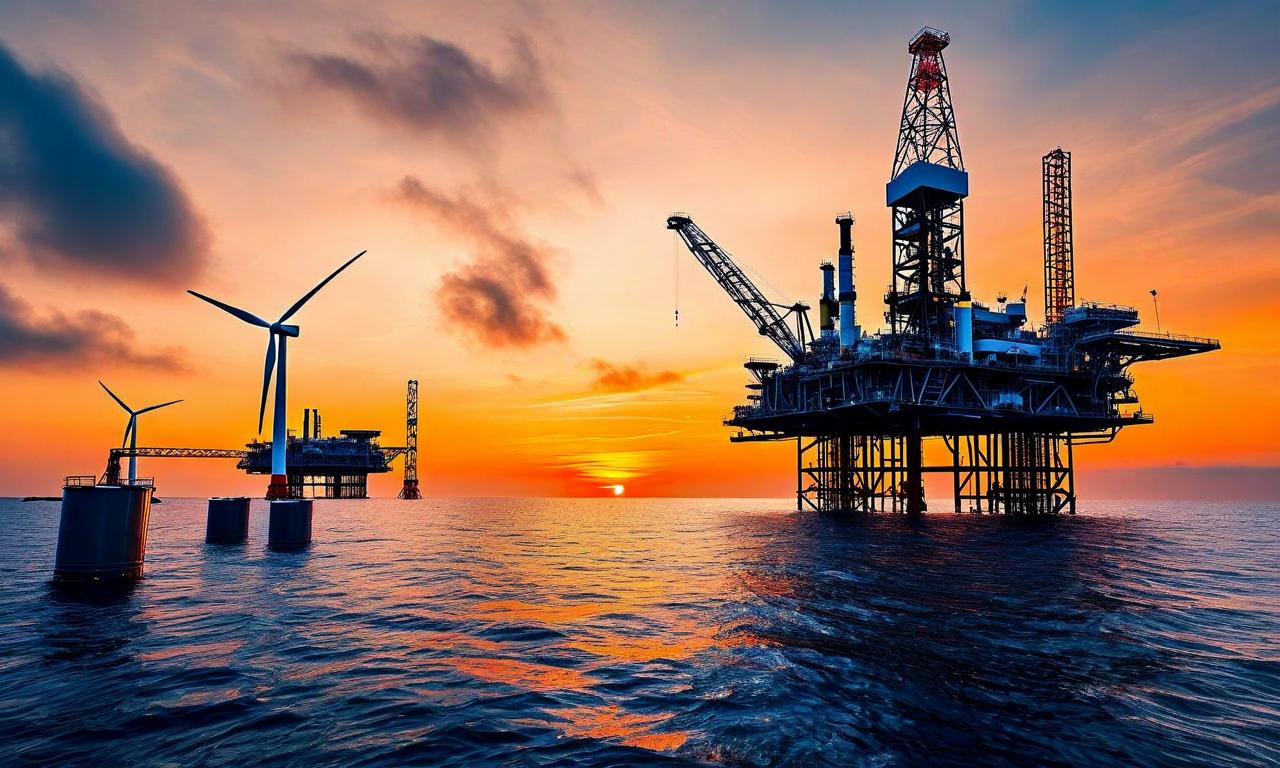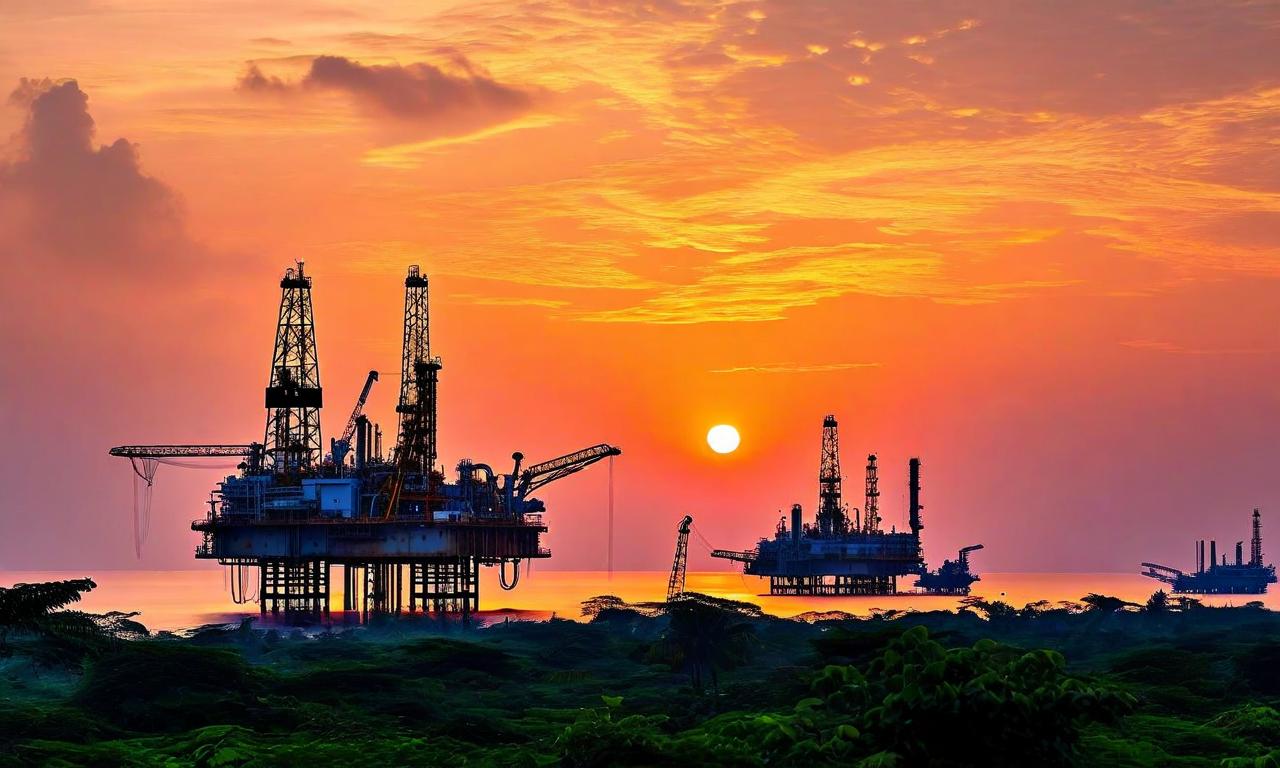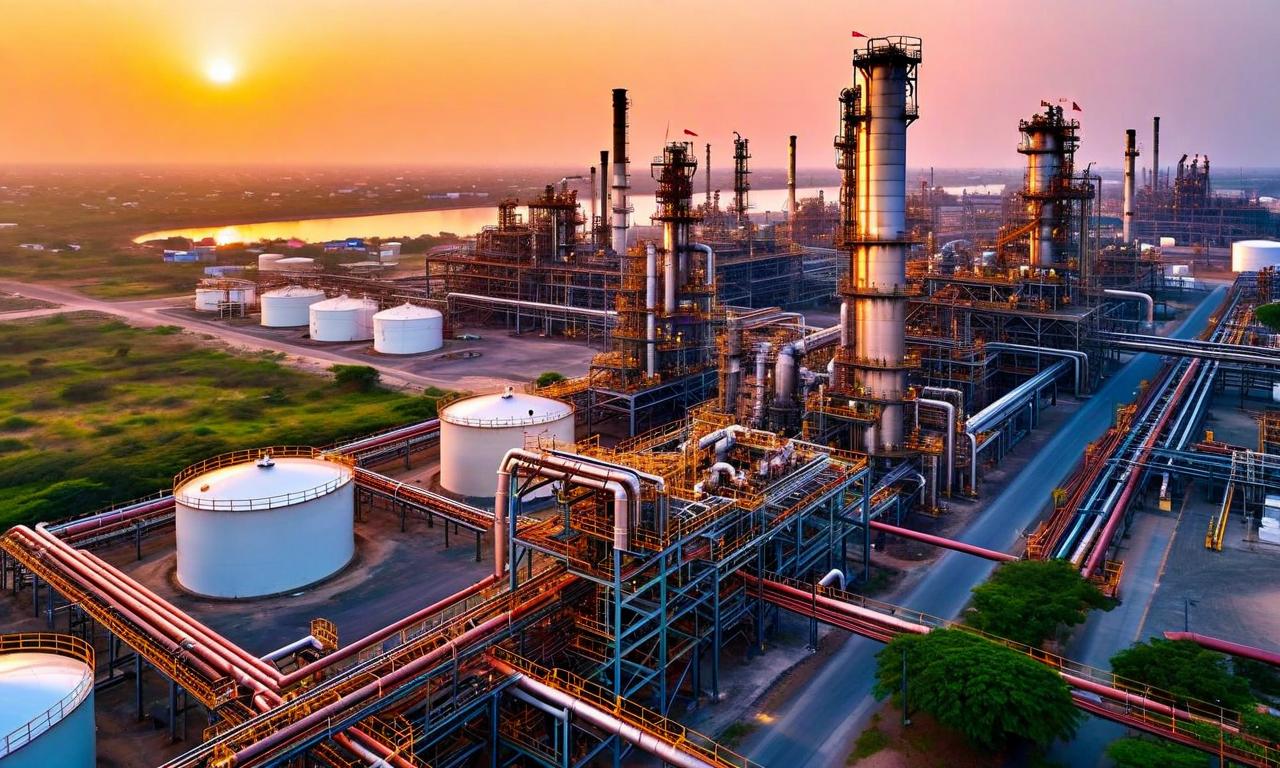Government Rejects CB-OS/2 Block Extension, ONGC to Assume Interim Control
The Ministry of Petroleum & Natural Gas has rejected the extension of the Production Sharing Contract for the CB-OS/2 Block, jointly filed by Vedanta Limited, ONGC, and TATA Petrodyne Ltd. The offshore block, located on India's west coast, currently produces 3,400 barrels of oil and 340,000 SCMD of gas daily from its Lakhsmi and Gauri fields. ONGC has been instructed to assume control of the block as an interim measure, overseeing operations, data management, and safeguarding petroleum reserves. The government plans to re-award the block in the future.
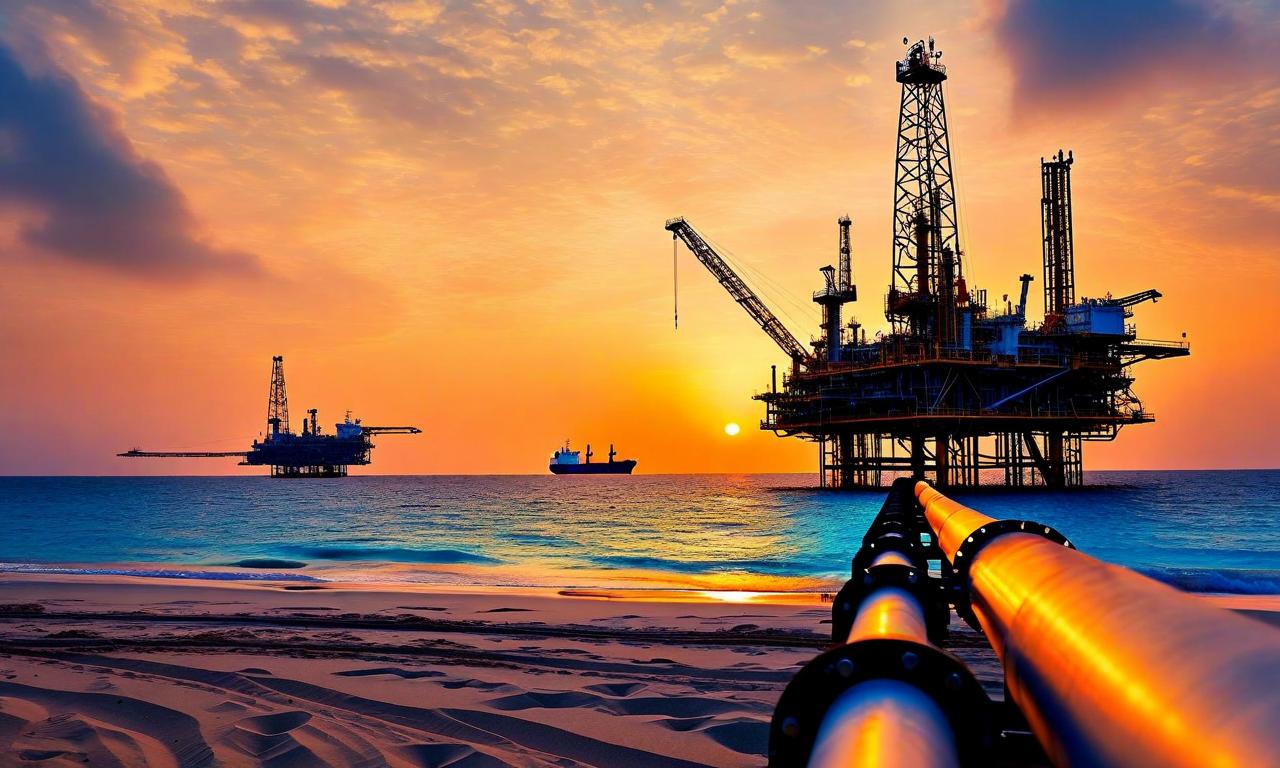
*this image is generated using AI for illustrative purposes only.
In a significant development for India's oil and gas sector, the Ministry of Petroleum & Natural Gas has declined to extend the Production Sharing Contract (PSC) for the CB-OS/2 Block. The application for extension was jointly filed by Vedanta Limited, Oil & Natural Gas Corporation (ONGC), and TATA Petrodyne Ltd.
Block Details and Current Production
The CB-OS/2 Block, an offshore asset located on India's west coast, was originally awarded under the Pre New Exploration Licensing Policy PSC on June 30, 1998. The Production Mining Lease for the block was subsequently granted in 2002. Currently, the block houses two productive fields:
- Lakhsmi Field
- Gauri Field
These fields collectively yield:
| Production Type | Daily Output |
|---|---|
| Oil | 3,400 barrels |
| Gas | 340,000 SCMD |
SCMD: Standard Cubic Meters per Day
Government's Decision and Next Steps
Following the rejection of the extension application, the government has taken decisive action to ensure uninterrupted operations:
- ONGC has been instructed to assume control of the block as the Government Nominee.
- The state-owned company will be responsible for overseeing all aspects of the block, including:
- Data management
- Asset control
- Operational responsibilities
- Safeguarding of petroleum reserves
Interim Measure and Future Prospects
The government has emphasized that ONGC's takeover is an interim measure. This step has been taken to:
- Maintain continuity of petroleum operations in the public interest
- Ensure the protection of valuable petroleum reserves
The block is expected to be re-awarded to another party in the future, although no specific timeline has been provided for this process.
This development underscores the government's active role in managing India's strategic energy assets and its commitment to optimizing the country's oil and gas resources. The transition of control to ONGC is likely to be closely watched by industry stakeholders for its potential impact on production levels and operational efficiency.
Historical Stock Returns for Oil & Natural Gas Corporation
| 1 Day | 5 Days | 1 Month | 6 Months | 1 Year | 5 Years |
|---|---|---|---|---|---|
| -0.16% | -1.33% | -6.24% | -3.98% | -6.31% | +134.50% |






